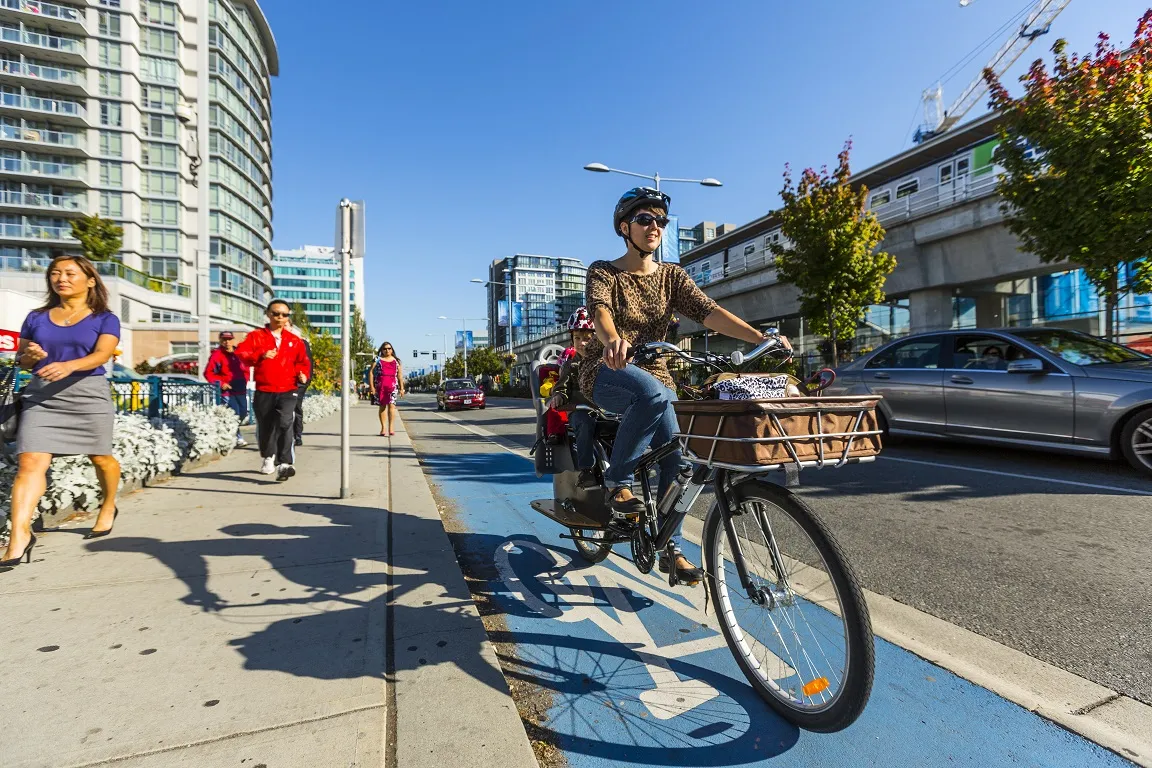VTT Technical Research Centre of Finland, the University of Oulu and Aalto University in Finland have analysed the financial statements for 2002-2009 of companies, public utilities, and municipal units that own infrastructure, including water services, as well as road, port, airport, railway and electricity networks. Owning infrastructure is relatively risk-free. The most profitable is the energy sector where the return on investment was about 13%. The average annual return on investment of ports was 10%. T
March 28, 2012
Read time: 2 mins
RSS814 VTT Technical Research Centre of Finland, the University of Oulu and Aalto University in Finland have analysed the financial statements for 2002-2009 of companies, public utilities, and municipal units that own infrastructure, including water services, as well as road, port, airport, railway and electricity networks. Owning infrastructure is relatively risk-free. The most profitable is the energy sector where the return on investment was about 13%. The average annual return on investment of ports was 10%. These figures are explained by the stable demand for energy and the local monopoly position of ports. Also water and traffic networks are good investments, but these are starting to deteriorate for lack of investments in renovation and repair.
According to researcher Pekka Leviäkangas, there is no need to change the ownership of basic infrastructure in Finland as service networks are generally natural monopolies, and thus well suited for public ownership.
Meanwhile, Finland’s government has announced it will, for the first time, provide higher funds for railways than roads. The Government will grant US$1.33 billion for transport investments, half of which will go in rail traffic.
According to Finland's minister of transport, Merja Kyllönen, the package will secure the development of rail traffic and decrease the sensitivity to disturbances. Moreover, the Government has also made a decision on the implementation of the Pisara railway loop in Helsinki. The most extensive rail projects will primarily concern the main railway in the South.
In road infrastructure, investments will target the vicinity of the eastern border. For instance, more than US$330 million will be invested in the motorway section to be built from Hamina to the Vaalimaa border crossing point.
According to researcher Pekka Leviäkangas, there is no need to change the ownership of basic infrastructure in Finland as service networks are generally natural monopolies, and thus well suited for public ownership.
Meanwhile, Finland’s government has announced it will, for the first time, provide higher funds for railways than roads. The Government will grant US$1.33 billion for transport investments, half of which will go in rail traffic.
According to Finland's minister of transport, Merja Kyllönen, the package will secure the development of rail traffic and decrease the sensitivity to disturbances. Moreover, the Government has also made a decision on the implementation of the Pisara railway loop in Helsinki. The most extensive rail projects will primarily concern the main railway in the South.
In road infrastructure, investments will target the vicinity of the eastern border. For instance, more than US$330 million will be invested in the motorway section to be built from Hamina to the Vaalimaa border crossing point.









